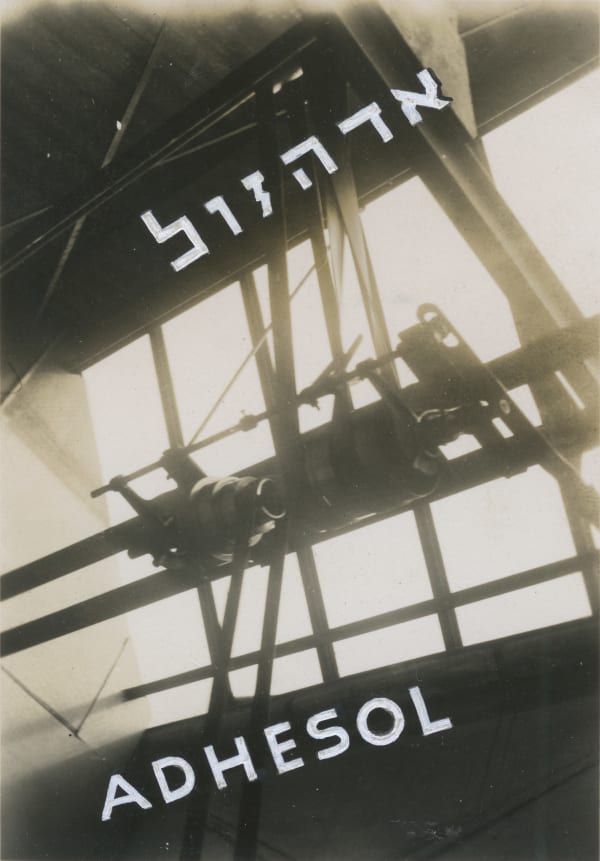Moï Ver Lituanien, 1904-1995
Moï Ver, born Moshé Raviv-Vorobeichic in 1904 in Vilnius (then part of the Russian Empire, now Lithuania) and deceased in 1995 in Israel, was a pioneering avant-garde photographer and graphic artist, known for his experimental and radical approach to photography in the early 20th century.
He studied at the Bauhaus in Dessau in 1929 under influential figures such as Paul Klee and Wassily Kandinsky, where he developed a distinctive visual language blending photomontage, superimposition, and formal experimentation. His work was deeply influenced by European avant-garde movements, particularly Constructivism and Surrealism.
Moï Ver gained recognition in 1931 with the publication of Paris, a visionary photo book released by Éditions Jeanne Walter, featuring a preface by Fernand Léger. The book presents a fragmented, dynamic portrait of the modern city through striking photomontages, and it is considered a landmark in the history of photographic books for its graphic innovation and visual rhythm.
Later, he moved away from photography, emigrating to Mandatory Palestine in the 1930s and adopting the name Moshe Raviv-Vorobeichic. There, he devoted himself primarily to painting, producing spiritually infused works rooted in his connection to the Israeli landscape and culture.
Although he distanced himself from photography later in life, Moï Ver remains a key figure of modernist photography and the photographic book, celebrated for his ability to merge avant-garde aesthetics with visual storytelling.
-
 Adhesol, c. 1940-1950View more details
Adhesol, c. 1940-1950View more details

